Features:
- WS2812b LEDs representing the different numbers in the game with colours
- LIS3DH accelerometer for either tilt or tap based controls
- ESP32-S3 MCU for the brains and connectivity - overkill for the game itself, but I want to be able to use this as a dev board later
- Onboard battery and USB-C charging
 David
David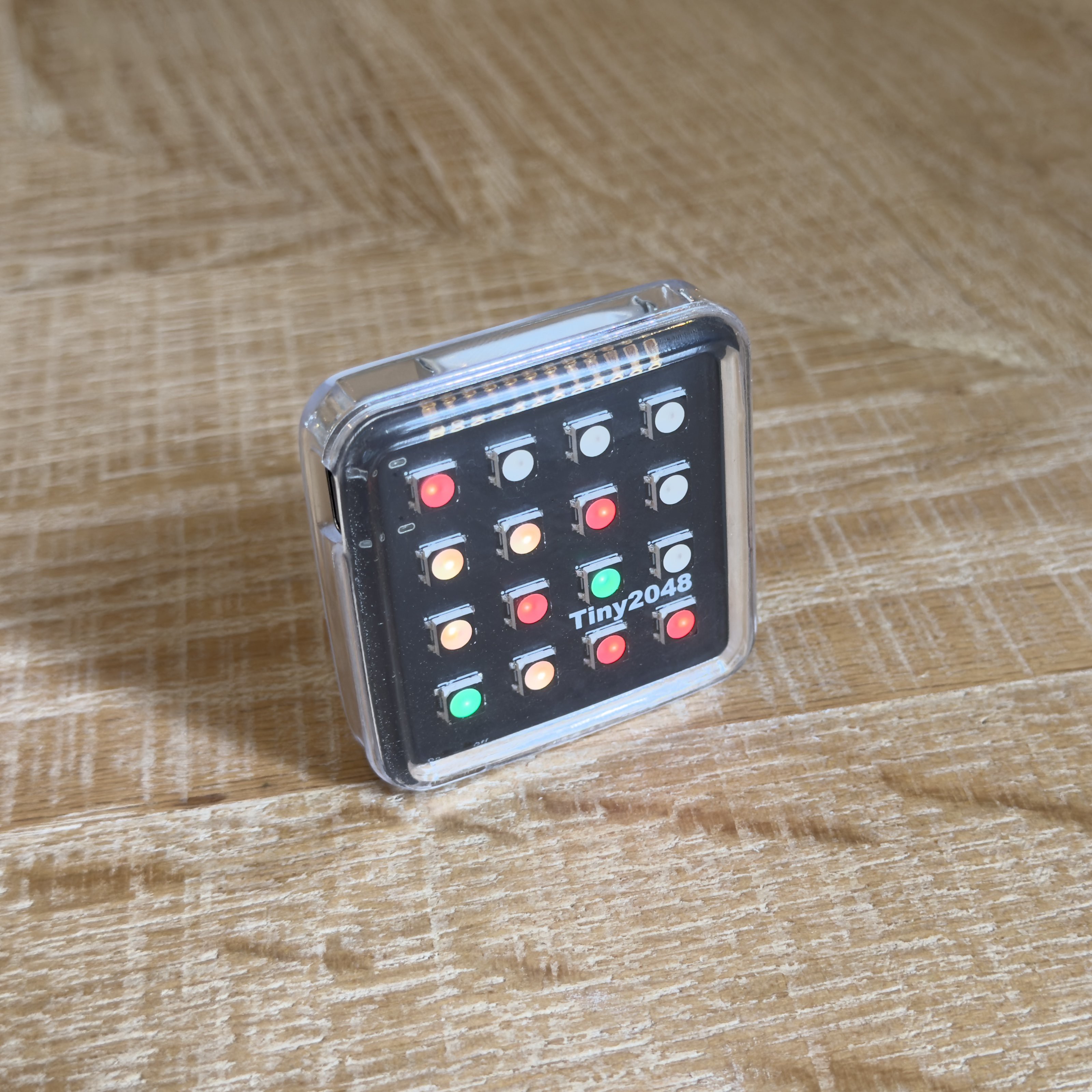
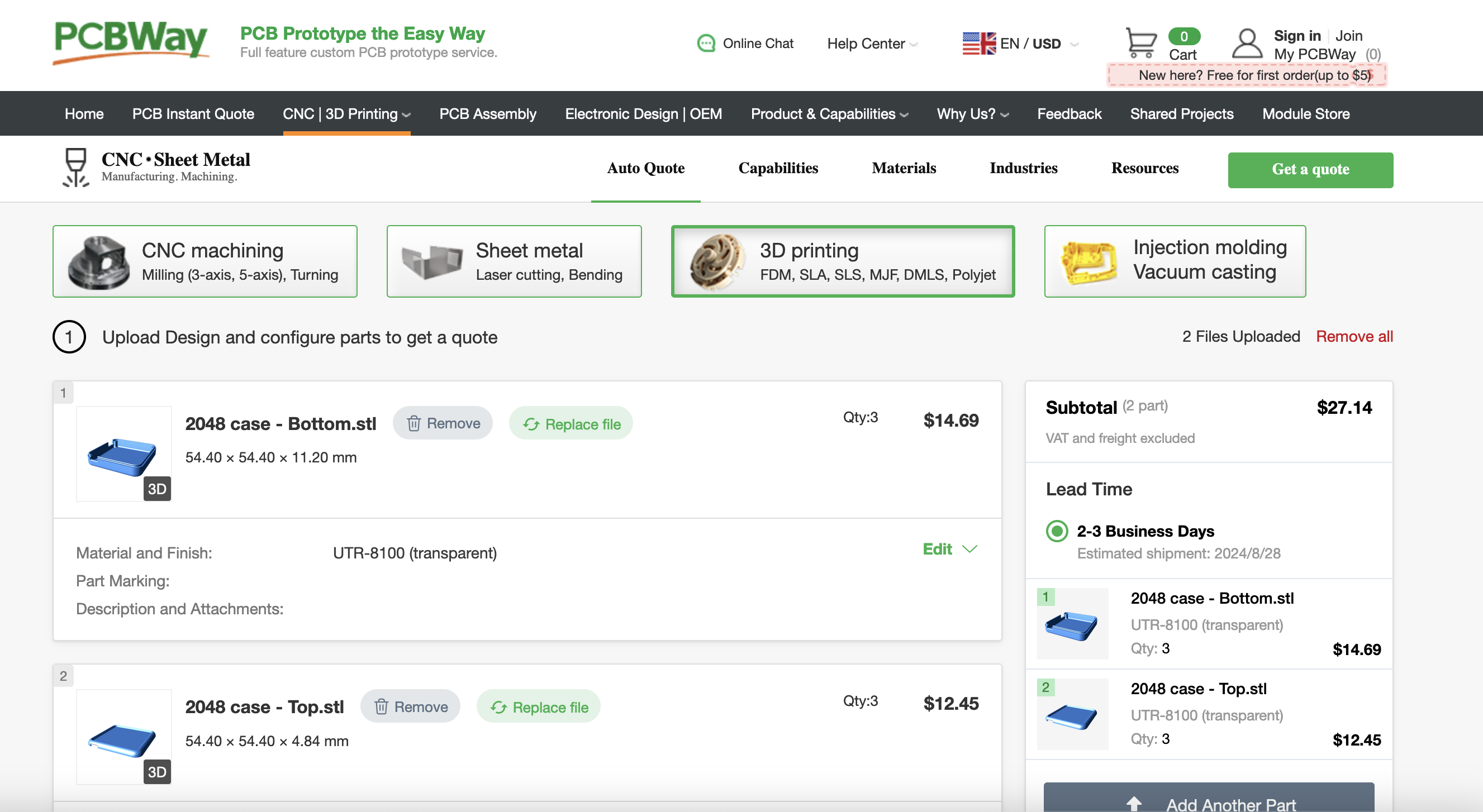
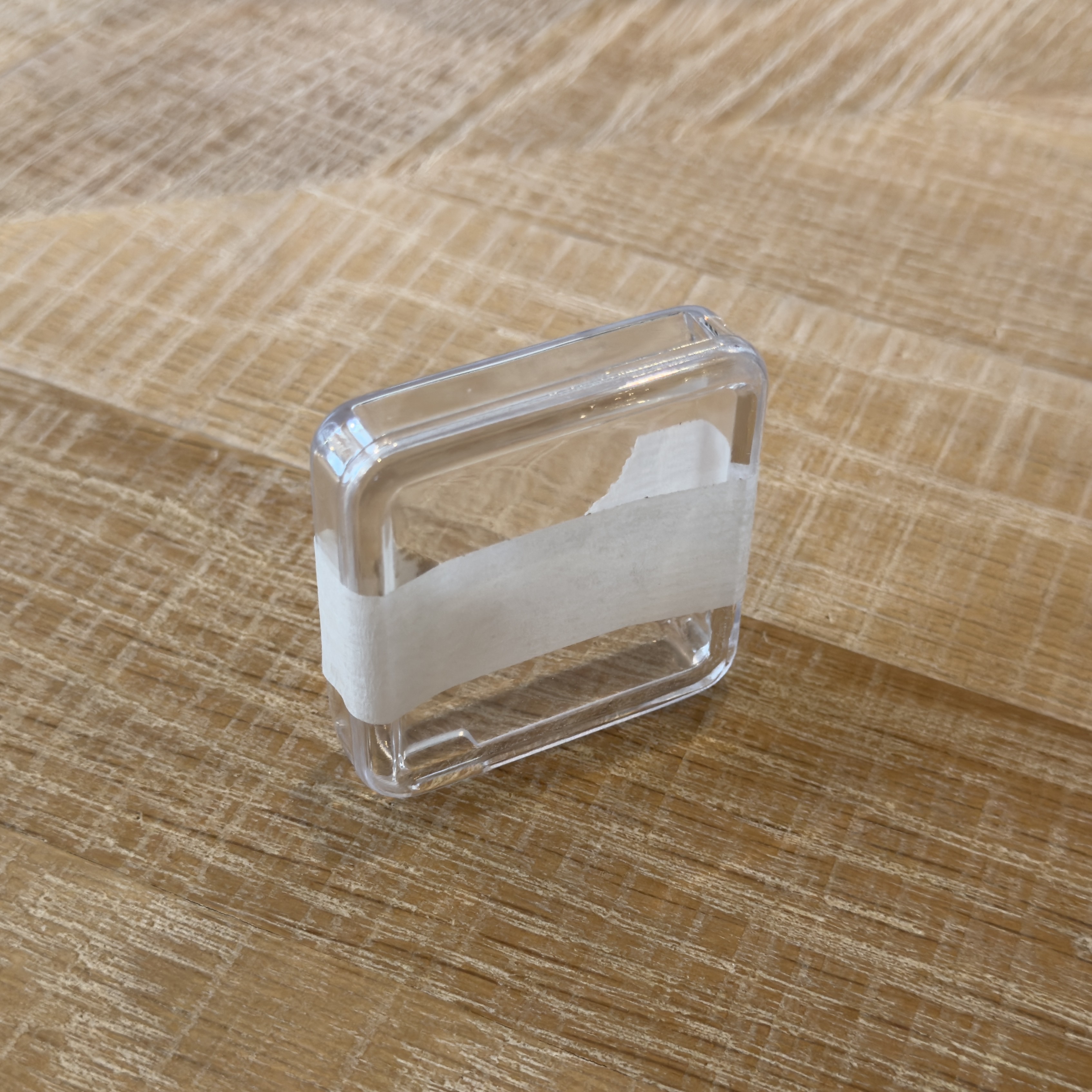
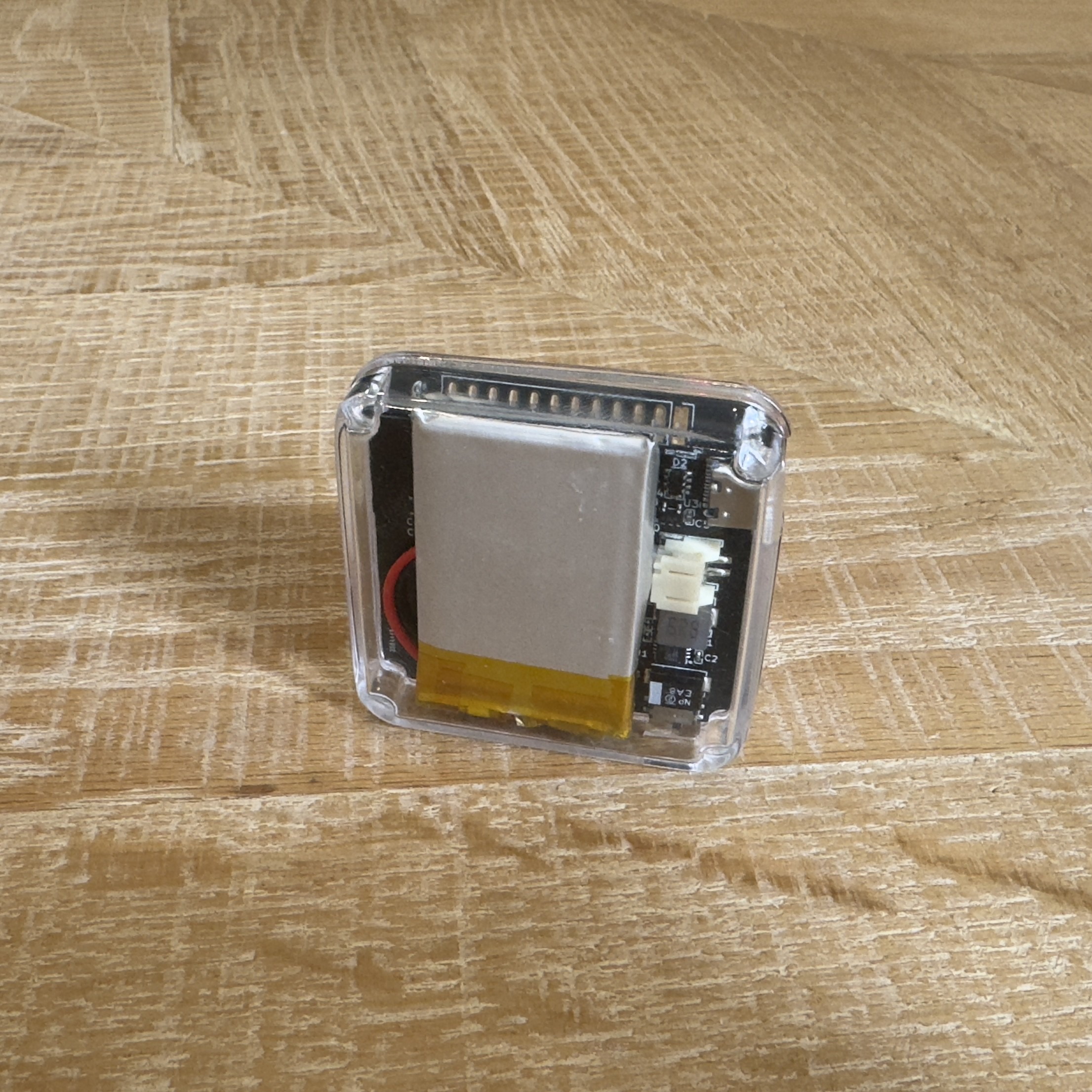
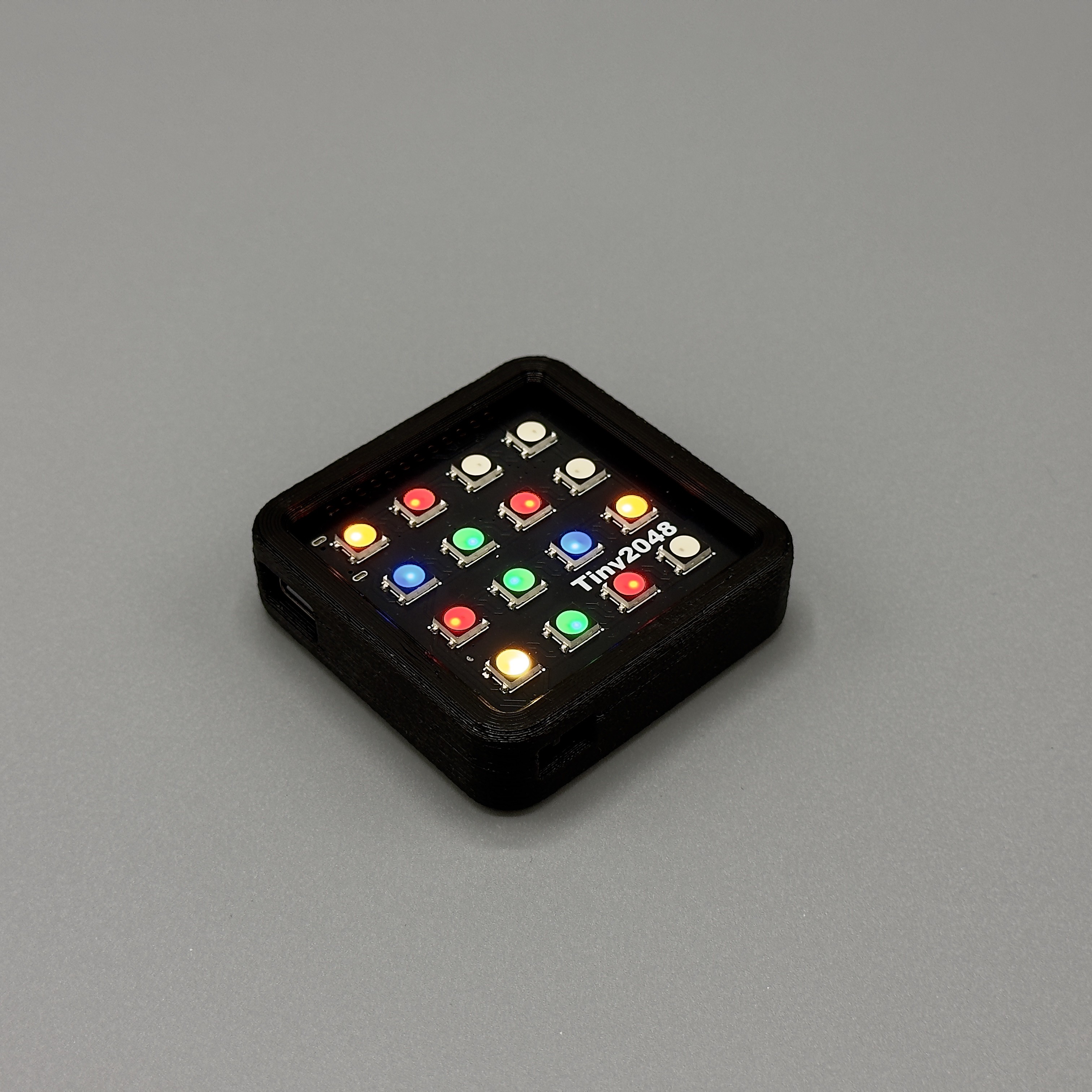
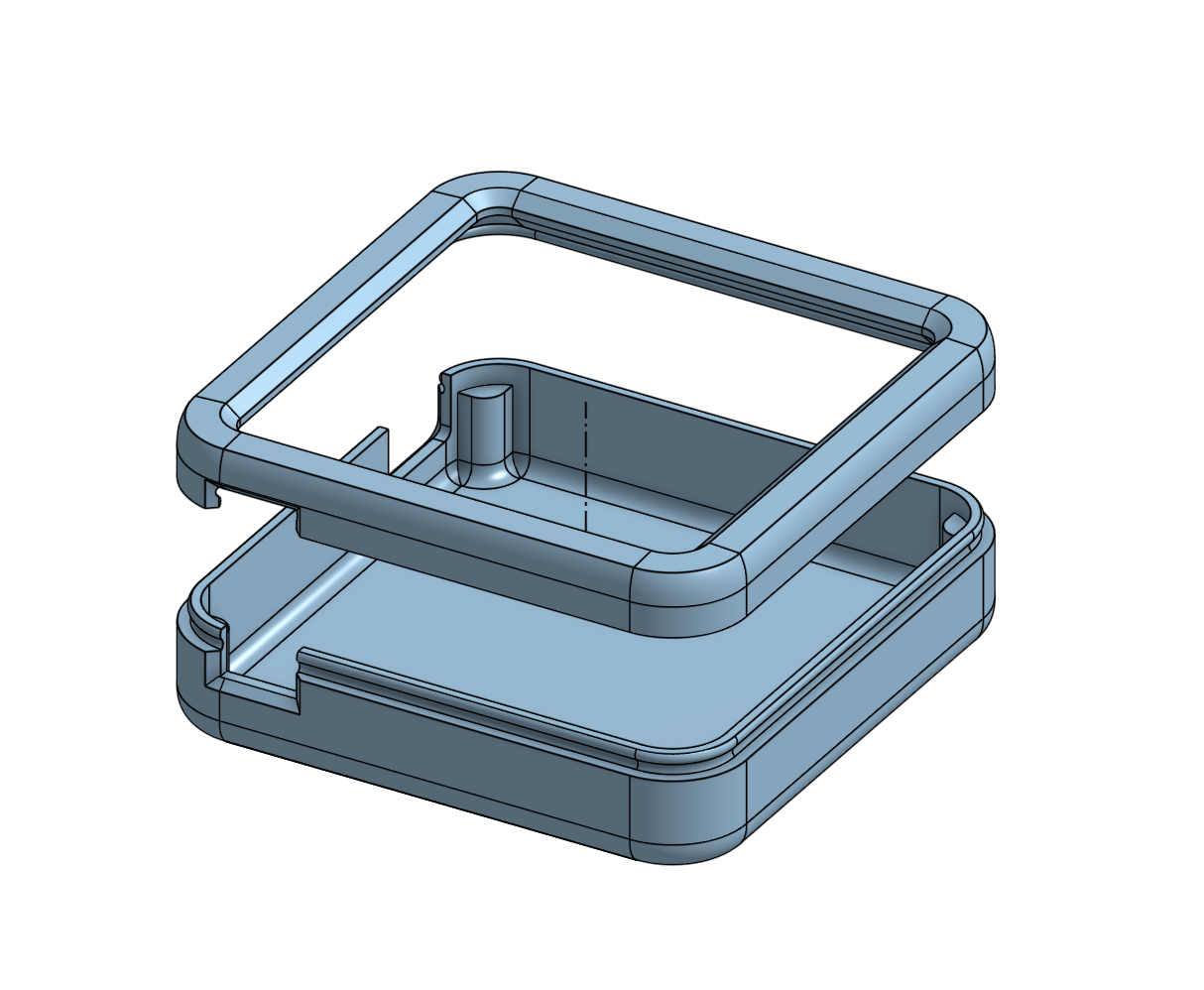
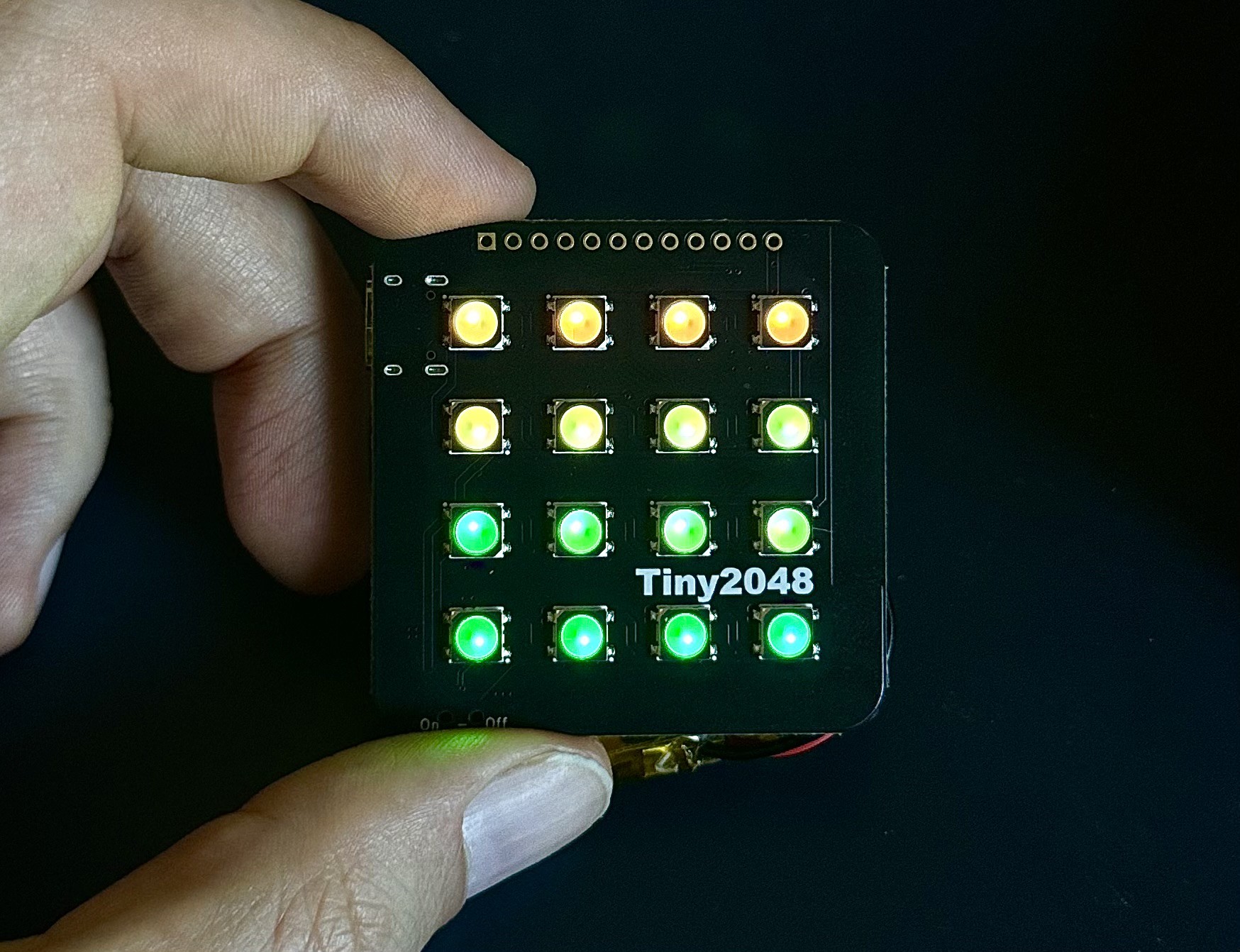

nice,
but meybe increase a button? no free space between buttons